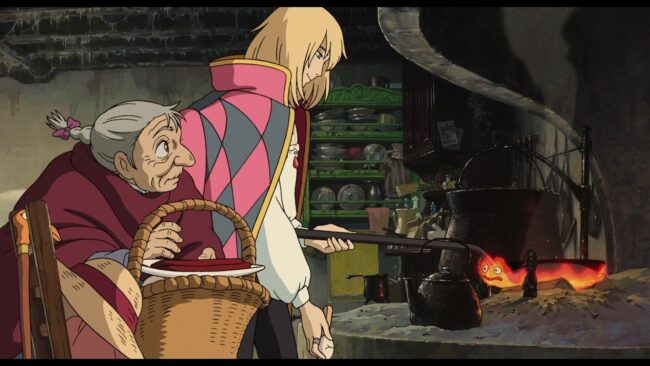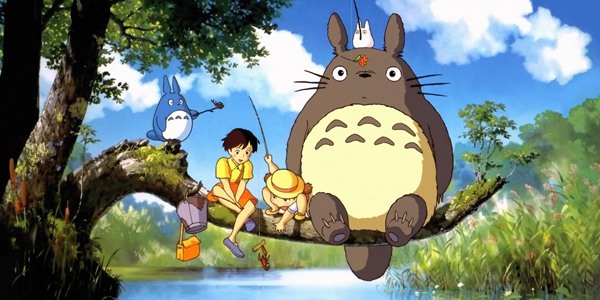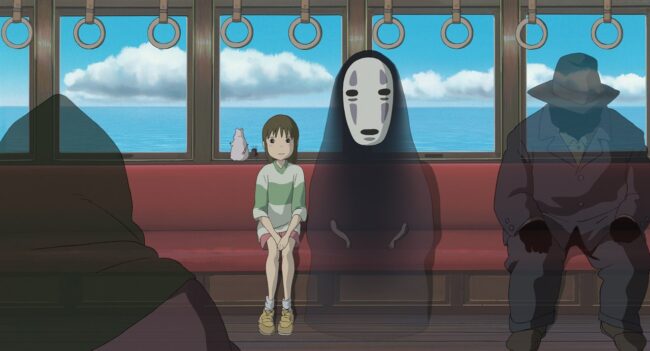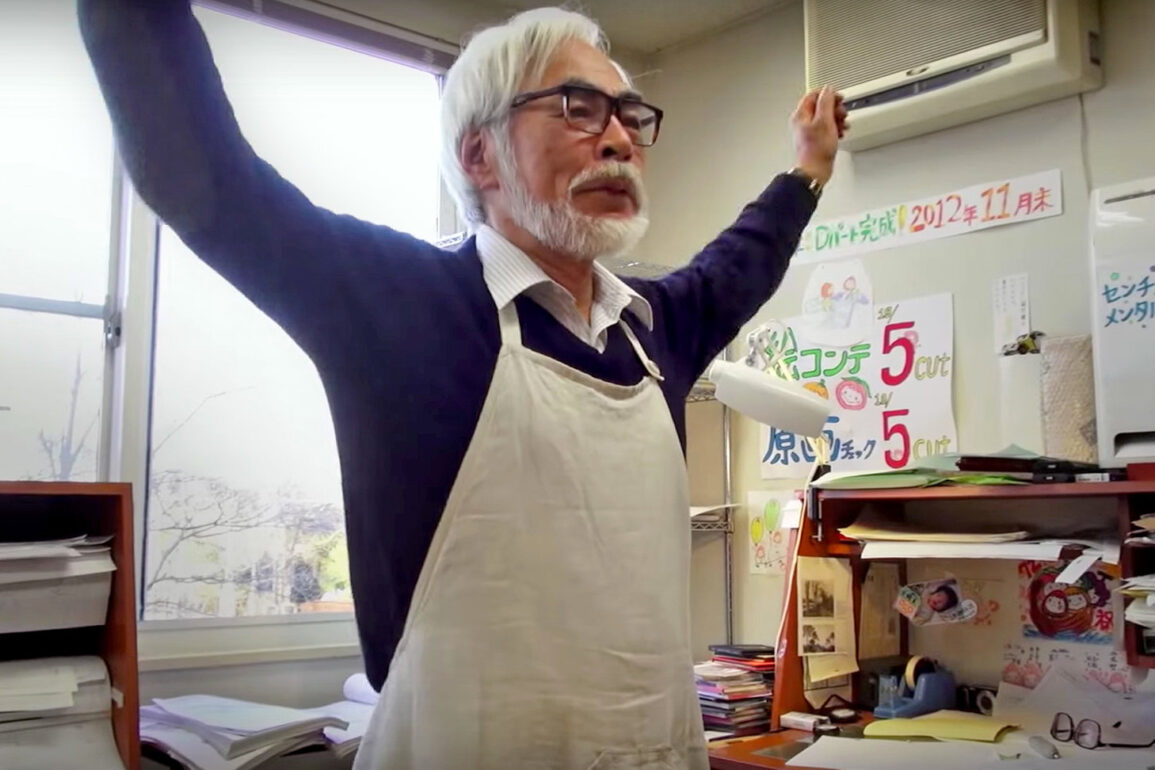Even to those who are not very familiar with anime, the name Hayao Miyazaki would ring a bell. The celebrated Tokyo-born filmmaker has produced masterpiece after masterpiece, many times in association with the critically acclaimed Studio Ghibli. Miyazaki is a story writer, a director and a producer, but his signature storytelling is most prominent in the animated features he has directed. If you’re a serial watcher of anime, you’ll immediately recognize Miyazaki’s style.
Miyazaki has always said that he never began his filming process with a finished script in hand, he just went where the story itself would lead him:
“It’s not me who makes the film. The film makes itself and I have no choice but to follow.”
His storytelling always contains some common trappings and themes. Here’s a round up of all the specific qualities only a Miyazaki film can possess and all the seemingly little things that make his movies larger than life.
A brilliant balance of fantasy and realism
Take the 2004 film Howl’s Moving Castle for example- which seems like only a nice little magical fairy tale at the outset, with moving houses and magicians and fire demons. But as it goes on, you realize how complex the story actually is as you find commentary on how we just always assume violence is the only way to resolve a conflict and never really try to look for a different way that maybe wouldn’t leave that much of a lasting effect on the world.

Miyazaki made the movie after the 2003 Iraq War, and his viewpoint very clearly comes through in the movie, perhaps in an even better way for he uses many fantasy eleents to elaborate his statement further. Thus, Miyazaki’s movies always somehow manage to walk the tightrope between the supernatural and the very real deftly, without hesitation, and in a way that seems entirely plausible.
Unflinching portrayal of Reality
Miyazaki always tackles topics in his movies that most directors would steer clear of in favour of making their films into unrealistic, neatly wrapped packages. Most of Miyazaki’s work is targeted towards a younger audience, usually pre-teens and tweens, and yet he has never shied away from portraying real world themes and issues just as they are.

There’s the discussion of the stark contrast between war and peace in Howl’s Moving Castle, the complexions of growing up and learning to survive in unfavourable conditions in Spirited Away, the senseless struggle for power which ultimately proves futile in Castle in the Sky, and the conflict between man and nature and its consequences in Princess Mononoke. Almost all of Miyazaki’s movies also not very subtly carry messages of environmentalism, but My Neighbor Totoro is where it becomes one of the key points the movie makes.
Characters Who Defy the Norm
Many of Miyazaki’s films have female characters in the leading roles, which is a rarity in itself. Moreover, every single character in every Miyazaki movie is multi-layered, no matter how minor the character, they always have some purpose. Spirited Away, which most critics and fans have claimed to be the best of Miyazaki’s works, stars Chihiro, a ten year old girl in the lead role.

While she might come off as whiny or self-centered in the beginning, her arc throughout the movie is incredibly complex, and ultimately satisfying to watch. She doesn’t just change from a normal ten year old to a ‘good’ girl by the end of the movie, her character goes through honest and realistic development as she gradually learns to adapt to a magical environment that has been hostile to her from the beginning.
Ma
What really connects the audience to a Miyazaki film is the fact that instead of using constant action and overwhelming storylines to keep his audience hooked, he lets the emotions the characters feel on screen reach out to the audience. All of his movies have treacherously simple stories, and yet they manage to pull the audience in, because unlike most other movies, you’re allowed time to actually live in the worlds he creates. There are scenes where nothing happens, (for example, the two girls waiting at the bus stand for their father to arrive in My Neighbor Totoro) where you can just exist in the same space as the characters, and those are the times where you really connect to them and the story as a whole. Miyazaki has talked about these scenes in several interviews; in an interview with Roger Ebert from 2002, he explains
“We have a word for that in Japanese. It’s called ma. Emptiness. It’s there intentionally… if you just have non-stop action with no breathing space at all, it’s just busy-ness. but if you take a moment, then the tension building in the film can grow into a wider dimension.”
Striking Animation
The frames in every single Miyazaki movie are so natural and so real, it’s breathtaking. Each of his movies has a distinct style and you can see how the animations differ in covert ways, but they never lose that extremely detailed and elaborate quality. The action sequences, especially, are bound to awe you, like Howl’s aerial battles in Howl’s Moving Castle or the epic fight involving dragons in Spirited Away.

